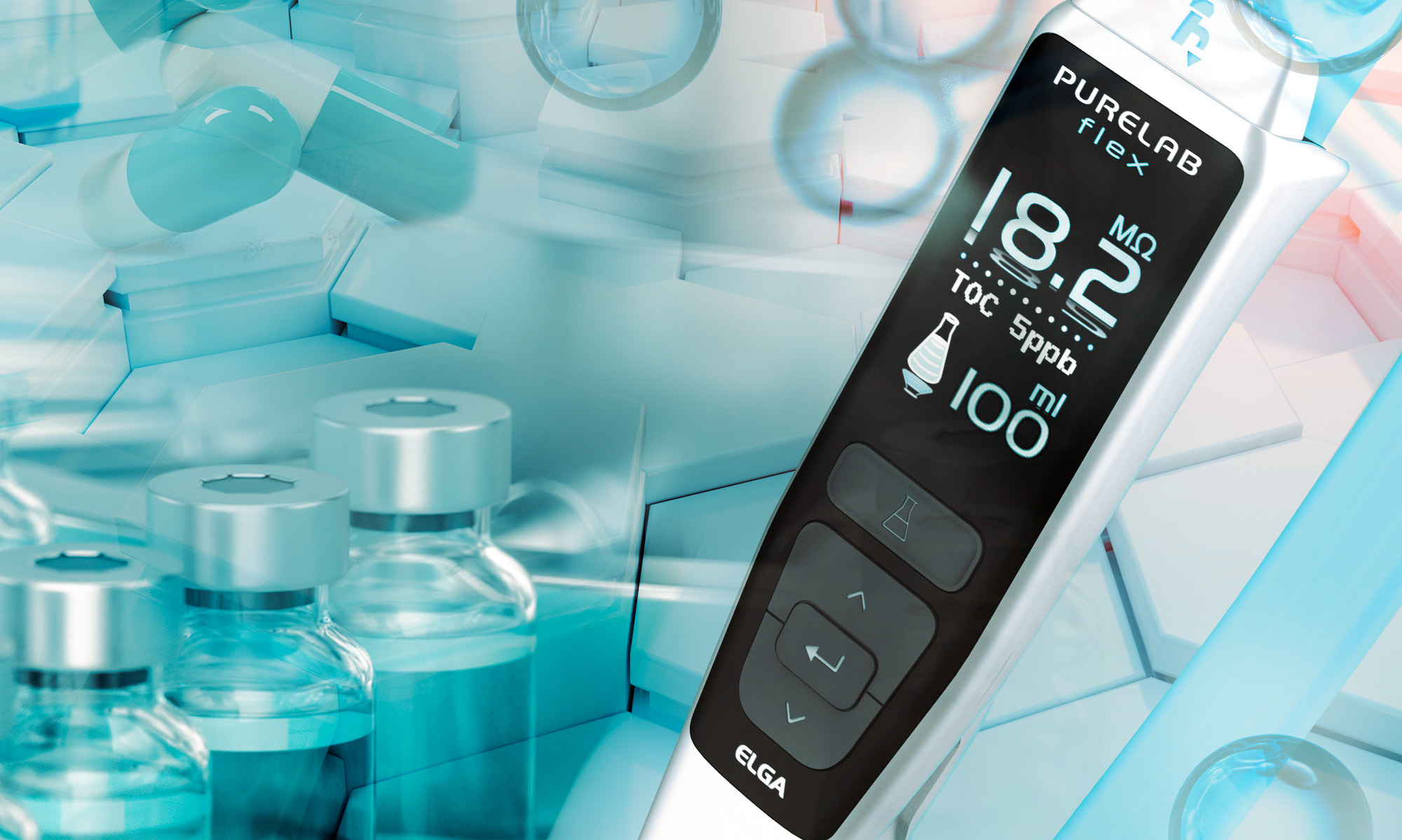Paving the way for clean 3D bioprinting
11 Jul 2022
 The use of state-of-the-art polymer-based hydrogels could offer alternatives to animal-derived biomaterials for 3D bioprinting and soft tissue engineering applications.
The use of state-of-the-art polymer-based hydrogels could offer alternatives to animal-derived biomaterials for 3D bioprinting and soft tissue engineering applications.
Three-dimensional (3D) bioprinting has emerged as a game-changing technology in drug development and regenerative medicine. Although still in its infancy, the technology offers exciting opportunities to build complex structures with a range of potential applications. The ultimate goal is to generate tissues or organs for transplantation, such as skin grafts using the patient’s cells – and to develop advanced models to improve drug testing.
The bioprinting process starts with designing a 3D digital model of the complex tissue structure, which is then sliced up into ultra-thin digital layers and turned into a set of instructions for the printer to follow. Bioink(s) containing cells, biomaterials and biologically active ingredients are then deposited in a layer-by-layer manner to construct functional tissues or organs.
Bioink formulations
The ideal bioink needs to possess many different properties that are fundamental for its success – including good mechanical properties, biocompatibility, tissue-specific biodegradability, and batch-to-batch consistency.
Current bioink formulations largely rely on the use of animal-derived biomaterials, such as gelatin or collagen, which act as the ‘glue’ connecting the fabrication approaches with biological components. But the challenges with using such materials include their batch-to-batch variability, potential immunogenicity, and the risk of microbial contamination.
In recent years, the development of ‘clean bioprinting’ using hydrogel-based formulations has gained popularity. In addition to being more ethical, these animal-free alternatives may also deliver superior performance for 3D bioprinting and soft tissue engineering applications.
Polymer-based hydrogels
In a new study, published in Annals of 3D Printed Medicine, researchers investigate pharmaceutical polymers as biomaterials for hydrogel formulations and examine their prospective bioink qualities.1
The team investigated hydrogels formulated from partially pre-gelantinised starch (PPS), hydroxypropyl methylcellulose (HPMC), polyvinyl alcohol-polyethylene glycol (PVA-PEG) graft co-polymer, sodium carboxymethyl cellulose (Na-CMC) and sodium alginate.
They found that thin films made out of hydrogels had tensile strengths suitable for soft tissue engineering – and all formulations showed appropriate viscosity for extrusion-based bioprinting. In structural integrity and biodegradability studies of crosslinked scaffolds, they found that the different formulations showed diverse patterns of disintegration biodegradation in culture media – providing the scope for selecting and optimising bioinks with the required qualities.
The researchers also examined the effects of moist heat sterilisation on the hydrogels – finding this process was effective at eliminating microbial contamination without altering their physicochemical properties.
The researchers used purified water generated from an ELGA PURELAB® laboratory purification system for all these experiments, minimising the risk of adding contaminants that may affect the integrity of their results.
Promising potential
This study demonstrates pharmaceutical polymer-based hydrogels are potentially suitable for bioink formulations. They have appropriate qualities for 3D bioprinting and soft tissue engineering applications.
These encouraging results lay the foundations for clean bioprinting, with the possibility of formulating future bioinks that are free from animal-derived biomaterials. The next steps will be to evaluate the biocompatibility and 3D bio-printability of polymer-based hydrogel formulations.
Why choose ELGA LabWater
ELGA LabWater has been a trusted name in pure and ultrapure water since 1937. We believe in giving you choice in how you use our water purification solutions, supported by excellent service and support.
Reference:
- Bankhede JK & Ganguly A. Pharmaceutical polymer-based hydrogel formulations as prospective bioinks for 3D bioprinting applications. Ann 3D Print Med. (2022):100056. doi.org/10.1016/j.stlm.2022.100056
